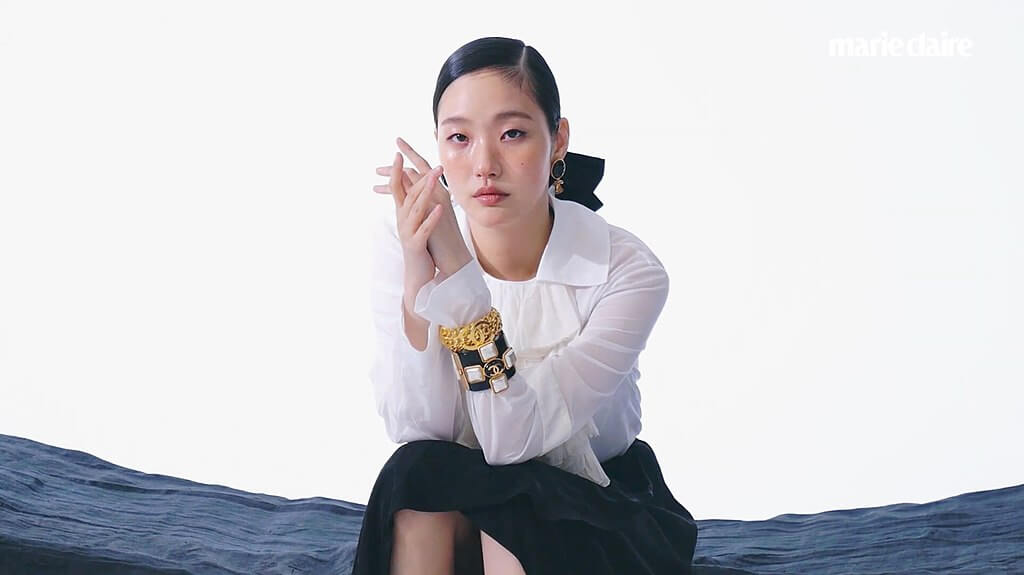Have you ever noticed how often it snows in K-dramas? This is partly because Korea is a country where snow falls during the winter at some point most years. But much more importantly, snow has a special meaning in Korean society, and is an especially popular tool for K-drama writers to inject important emotions into their stories.
Here’s what you need to know the next time you see snowflakes falling on your favourite K-drama characters!
The importance of snow in Korean culture
In Korea, the first snow of the year, known as 첫눈 (cheot-nun), is a highly anticipated and celebrated event. It symbolizes the start of the winter season and is believed to bring good luck, prosperity, and happiness. The first snow is often associated with new beginnings, purity, and transformation – washing away past troubles and offering a fresh start for growth and renewal.
Romance is another crucial element connected to the first snowfall in Korean culture. It is believed that if couples experience the first snowfall together, their love will last forever. This romantic notion is deeply rooted in Korean society and has found its way into the heart of K-dramas.
Snow in K-dramas: a powerful emotional tool
K-dramas have skillfully incorporated snow into their narratives, using it as a symbol of significant moments, changes, and emotions. Snow often signifies an important turning point in a character’s life, highlighting the beauty and fragility of relationships, love, and personal growth. Let’s dive into some well-known examples to see how snow, especially the first snow, has been effectively used in K-dramas.
- Crash Landing on You (2019)
In “Crash Landing on You,” the first snow of the year plays a pivotal role in the relationship between the two main characters, Yoon Se-ri (Son Ye-jin) and Ri Jeong-hyeok (Hyun Bin). As a South Korean heiress and a North Korean soldier, their love story is fraught with obstacles. The first snowfall creates a romantic and magical atmosphere, where they share a tender and heartwarming moment, solidifying their love for each other. The scene captures the essence of the first snowfall in Korean culture, as it symbolizes the purity and strength of their love, despite the seemingly insurmountable challenges they face.
- Winter Sonata (2002)
“Winter Sonata” is a classic K-drama that showcases the beauty and significance of snow throughout its storyline. The main characters, Kang Joon-sang (Bae Yong-joon) and Jeong Yu-jin (Choi Ji-woo), share a deep and passionate love story that unfolds amidst the stunning snowy landscapes of South Korea. The snow serves as a constant reminder of their love, as well as the pain and heartbreak they endure. The drama beautifully conveys the idea that snow can be both enchanting and devastating, much like the complexities of love and life.
- Goblin (2016)
In “Goblin,” snow plays a crucial role in conveying emotions and enhancing the visual aesthetics of the drama. The main character, Kim Shin (Gong Yoo), is a cursed immortal being who can only find peace through the love of his destined bride, Ji Eun-tak (Kim Go-eun). The first snowfall marks a turning point in their relationship, as it is during this magical event that Eun-tak first summons the Goblin. The scene is visually stunning, with the snowfall symbolizing the beginning of their love story, as well as the challenges they must overcome to be together.
Putting it all together
The cultural significance of snow, particularly the first snowfall, has been woven into the fabric of Korean culture, and K-dramas have successfully incorporated this wondrous element to tell powerful and emotional stories. Through the use of snow, K-dramas create visually stunning, poignant, and transformative scenes that evoke the beauty and complexity of love, life, and human relationships. As we cozy up with our favorite K-dramas on Netflix later this year, let’s take a moment to appreciate the enchanting power of snow and the unforgettable moments it brings to our screens.





